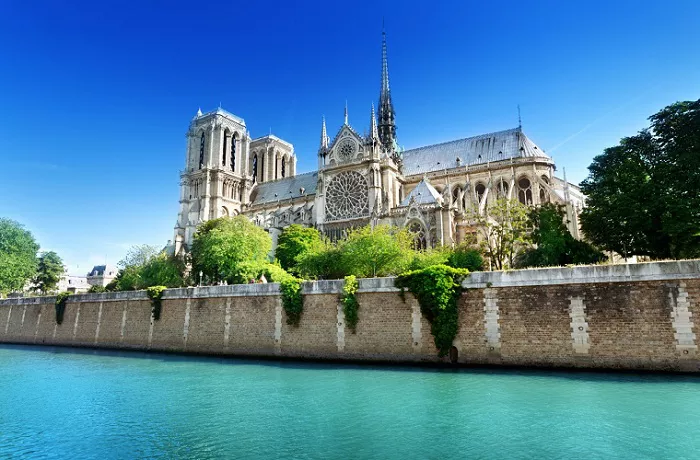On April 15, 2019, the world watched in disbelief as flames engulfed the iconic Notre-Dame Cathedral in Paris, one of the most celebrated examples of Gothic architecture. The fire, which tore through the roof and sent the 19th-century spire collapsing into the nave, triggered global outcry and pledges of financial support. Within days, €846 million in donations had been raised—ultimately exceeding the €700 million cost of restoration, with the surplus allocated to renovating the cathedral’s surrounding grounds.
The ambitious restoration, which unfolded over five years, overcame formidable technical and logistical challenges. A dedicated public authority was quickly established, led by architect Philippe Villeneuve and General Jean-Louis Georgelin. Tasked with managing the enormous project, the authority coordinated over 2,000 workers, supported by eight specialist teams focused on stonework, woodwork, metal, and acoustics. Their mission: to return the cathedral to its former grandeur using methods faithful to its original medieval construction.
Villeneuve, deeply involved in both the restoration’s technical details and artistic vision, praised the collaborative effort and expressed admiration for the cathedral’s new modern altar by artist Guillaume Bardet—likening it to the enigmatic monolith in Stanley Kubrick’s 2001: A Space Odyssey.
By December 2019, an 84-meter-tall crane had been installed to stabilize the damaged structure. Progress was later interrupted by the COVID-19 pandemic, with work halting during the nationwide lockdown from March to June 2020. Restoration resumed at an accelerated pace to meet the completion deadline set by President Emmanuel Macron.
In the project’s early stages, experts catalogued the damage, cleared debris, and reinforced the intersection of the transept and nave. Fire had fused the metal scaffolding that was in place prior to the blaze, and 75 tons of ceiling collapsed. This initial phase of securing and preparing the site lasted from June to November 2020.
Among the most delicate operations was the restoration of the cathedral’s historic great organ, built in 1867 by Aristide Cavaillé-Coll. Although structurally spared, its 8,000 pipes were contaminated with lead dust. Cleaning, disassembling, and reassembling the instrument required nearly a year of meticulous labor to restore its 19th-century sound.
Reconstructing the roof, once dubbed “the forest” for its ancient oak beams, required felling and preparing thousands of new trees using techniques dating back to the 13th century. Approximately 2,700 sheets of lead were shaped and installed over the nave and choir.
The destruction of the spire—perhaps the most dramatic image of the fire—sparked intense public debate. Ultimately, it was decided to rebuild it as an exact replica of the 1859 design by Eugène Viollet-le-Duc, rather than opting for a contemporary reinterpretation. Construction began in autumn 2022 and concluded the following year with the installation of a new gold Gallic rooster atop the spire, symbolically watching over Paris once again.
Other notable restorations included the reinstallation of Viollet-le-Duc’s original apse cross in April 2024 and the Angel of the Last Judgement statue above the west gable in July. The cathedral’s eight northern belfry bells were rehung and ceremonially blessed in September after being thoroughly cleaned of lead dust. Precious religious and artistic artifacts evacuated during the fire—such as candelabras, relics, and illuminated manuscripts—were returned from the Louvre in 2024. Among them was the much-revered “Virgin of the Pillar” statue, which survived the blaze intact and continues to inspire devotion.
The cathedral finally reopened to the public on December 7, 2024, in a red-carpet ceremony attended by dignitaries including Archbishop Laurent Ulrich, President Emmanuel Macron, former U.S. President Donald Trump, and an array of global leaders.
Amid the tragedy, the fire inadvertently led to significant archaeological discoveries. Restoration work revealed remnants of a vibrant 13th-century rood screen—destroyed in the 18th century—depicting scenes from Christ’s Passion. Beneath the intersection of the nave and transept, two lead sarcophagi were uncovered. One held the remains of Canon Antoine de La Porte, who died in 1710. The other is believed to contain the remains of 16th-century poet Joachim du Bellay, whose burial at Notre-Dame had been recorded but never precisely located.
Notre-Dame Cathedral, having survived centuries of upheaval, now stands once again as a testament to resilience, heritage, and the enduring power of collective human effort.


